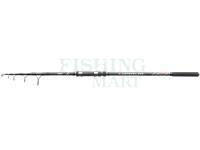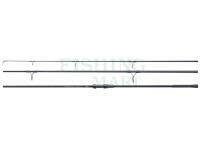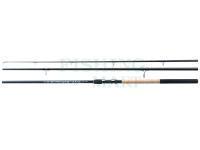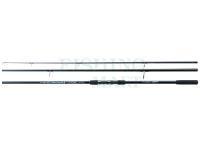Carp rods
Mikado Intro Tele Carp II
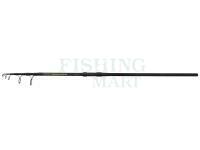
New 2025!
The legendary Intro series of carp rods has an improved tele...
Prices from
31.10 €
Mikado Carp Spod Rod
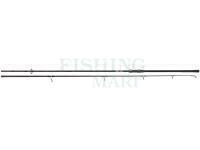
New 2025!
Extremely strong and fast carp rod type Spod. Designed for b...
Prices from
49.04 €
Mikado Intro Carp II
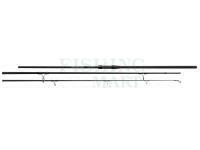
Great quality in this price range. Intro II is a continuatio...
Prices from
29.90 €
Daiwa Ninja X Carp
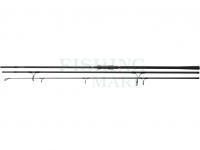
The three-sectioned Ninja X carp rods convince by their appe...
Prices from
75.60 €
Daiwa Black Widow XT Bait
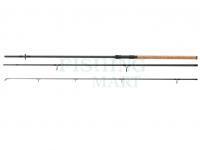
With the Black Widow XT Bait DAIWA offers universally applic...
Prices from
44.26 €
Prologic C-Series Com-Pact SC rods
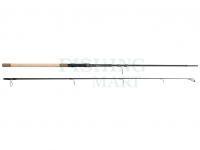
Offering the same fantastic performance levels as our C-Seri...
Prices from
58.85 €
Prologic C-Series Spod & Marker SC
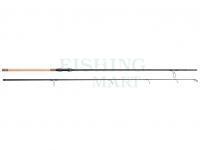
Offering the same fantastic performance levels as our C-Seri...
Prices from
92.11 €
Prologic C-Series SC rods
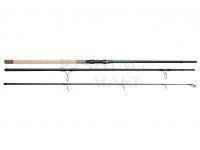
Offering the same fantastic performance levels as our C-Seri...
Prices from
66.27 €
Prologic C-Series Com-Pact Rods

Constructed using the same high modulus carbon fibre as the...
Prices from
54.31 €
Prologic C2 Element Com-Pact rods
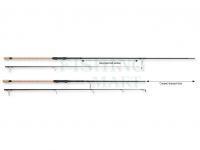
Our hugely popular Element carp rod range just got even more...
Prices from
101.20 €
Daiwa Black Widow XT Carp
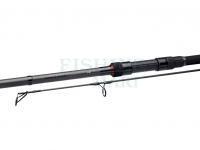
Black Widow XT carp rods – the price-performance champion wi...
Prices from
40.91 €
Prologic C1 Avenger Old Skool
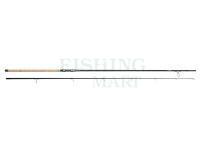
When modern life and ‘old skool’ collide! These great new ad...
Prices from
87.32 €
DAM Carp Rods Base-X Carp
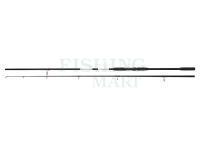
The Base-X Carp is the perfect carp rod for beginners and ca...
Prices from
32.78 €
DAM Rods XT1 Tele
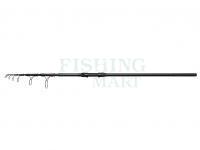
The two XT1 Tele models also come with the same slim and pow...
Prices from
65.79 €
Prologic C-Series Lotus AB Carp Rods
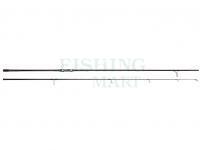
C-series Lotus - Included within the C-Series range are our...
Prices from
40.67 €
Prologic C1 Avenger carp rods
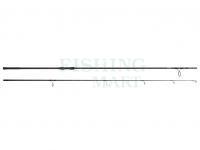
• Super Slim High Modular Carbon Blank
• 50mm SIC performan...
Prices from
82.78 €
Prologic Carp Rods C3 Fulcrum Fast Water AB
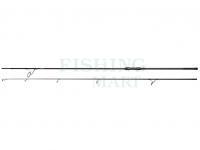
The long awaited C3 Fulcrum has finally arrived. This is the...
Prices from
146.89 €
Prologic Carp Rods C3 Fulcrum FS
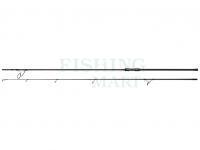
The long awaited C3 Fulcrum has finally arrived. This is the...
Prices from
146.89 €
Jaxon Rods Green Point Carp Supra
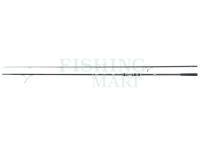
CARP SUPRA 2- AND 3-PIECE
When designing these rods, we pai...
Prices from
71.29 €
Prologic C-Series Spod & Marker Rod
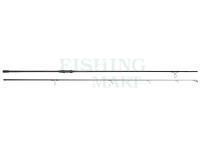
C-Series Spod & Marker Completing the C-Series range is the...
Prices from
68.90 €
Prologic C-Series AB
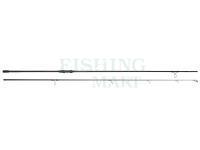
The New C-Series has been built to offer fantastic performan...
Prices from
38.76 €
Prologic C2 Elements rods

Showing its true pedigree, being created in the same stable...
Prices from
110.53 €
Dragon Rods Mega Baits Tactix Carp

3.Carp - a wide offer of, coming back into the angler's favo...
Prices from
83.73 €
Mivardi Rods Nuclear Carp 3-sec
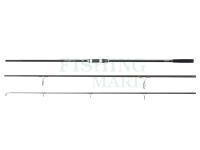
Totally new series of two section and three section carp rod...
Prices from
52.63 €
Mivardi Rods Nuclear Carp 2-sec
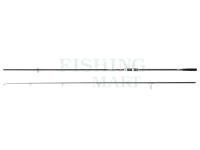
Totally new series of two section and three section carp rod...
Prices from
45.45 €
Jaxon Rods Zaffira Carp
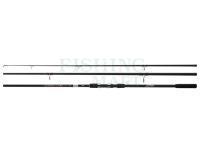
CARP 3-Piece carp rods. The most popular lengths and test cu...
Prices from
24.88 €
Prologic C1α CARP ROD TELE
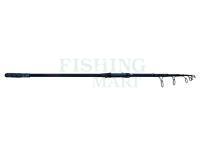
After many successful years our, C1 carp rod collection has...
Prices from
61.72 €
Carp & Specialist Rods
Richard "Dick" Walker is a fishing legend, not only carp fishing. As one of the first anglers, he introduced scientific thought to this beautiful hobby. He is considered to be the constructor of the first carp rod - The Walker Wizard Mk. I, which he constructed in 1947.
Although it was a reworked and appropriately shortened (by approx. 30 cm) version of Wallis Wizard 11ft, it was the starting point for the evolution of a carp rod. The consecutive projects of the ingenious Brit attracted more and more attention. He confirmed his competence on September 13, 1952, when he caught the famous Clarise, a carp weighing 20 kg in Redmire Pool, breaking the record for Great Britain by almost 6 kg (12.6 lbs)! For those times - one has to admit - he set the bar very high, because his record was not broken for the next 28 years!
Traditional fishing rods were replaced by carp rods made of glass fibers, and these had to give way to carbon fiber carp rods that had been helped by none other than Dick Walker. At the moment, carp fishing rod is a very broad concept, as it includes, among others, fishing rods for baiting the so-called Pod-rody, a wide range of carp rods, both two and three parts, with a different deflection curve and length.
Carp rods Unlike classic ground rods or float rods, which are described by casting weight, carp rods are described by a deflection curve or a test curve expressed in pounds. This is the most accurate way to describe the action and power of a rod. In Great Britain since the 1950s.
What is a test curve? This is nothing but the weight required to produce a 90 degree deflection. And this way we know that the rod described as 2lbs will achieve such deflection after loading it with a weight of 0.9 kg. Due to the British pedigree of carp rods, very often their length is also expressed in feet.
Although it was a reworked and appropriately shortened (by approx. 30 cm) version of Wallis Wizard 11ft, it was the starting point for the evolution of a carp rod. The consecutive projects of the ingenious Brit attracted more and more attention. He confirmed his competence on September 13, 1952, when he caught the famous Clarise, a carp weighing 20 kg in Redmire Pool, breaking the record for Great Britain by almost 6 kg (12.6 lbs)! For those times - one has to admit - he set the bar very high, because his record was not broken for the next 28 years!
Traditional fishing rods were replaced by carp rods made of glass fibers, and these had to give way to carbon fiber carp rods that had been helped by none other than Dick Walker. At the moment, carp fishing rod is a very broad concept, as it includes, among others, fishing rods for baiting the so-called Pod-rody, a wide range of carp rods, both two and three parts, with a different deflection curve and length.
Carp rods Unlike classic ground rods or float rods, which are described by casting weight, carp rods are described by a deflection curve or a test curve expressed in pounds. This is the most accurate way to describe the action and power of a rod. In Great Britain since the 1950s.
What is a test curve? This is nothing but the weight required to produce a 90 degree deflection. And this way we know that the rod described as 2lbs will achieve such deflection after loading it with a weight of 0.9 kg. Due to the British pedigree of carp rods, very often their length is also expressed in feet.

